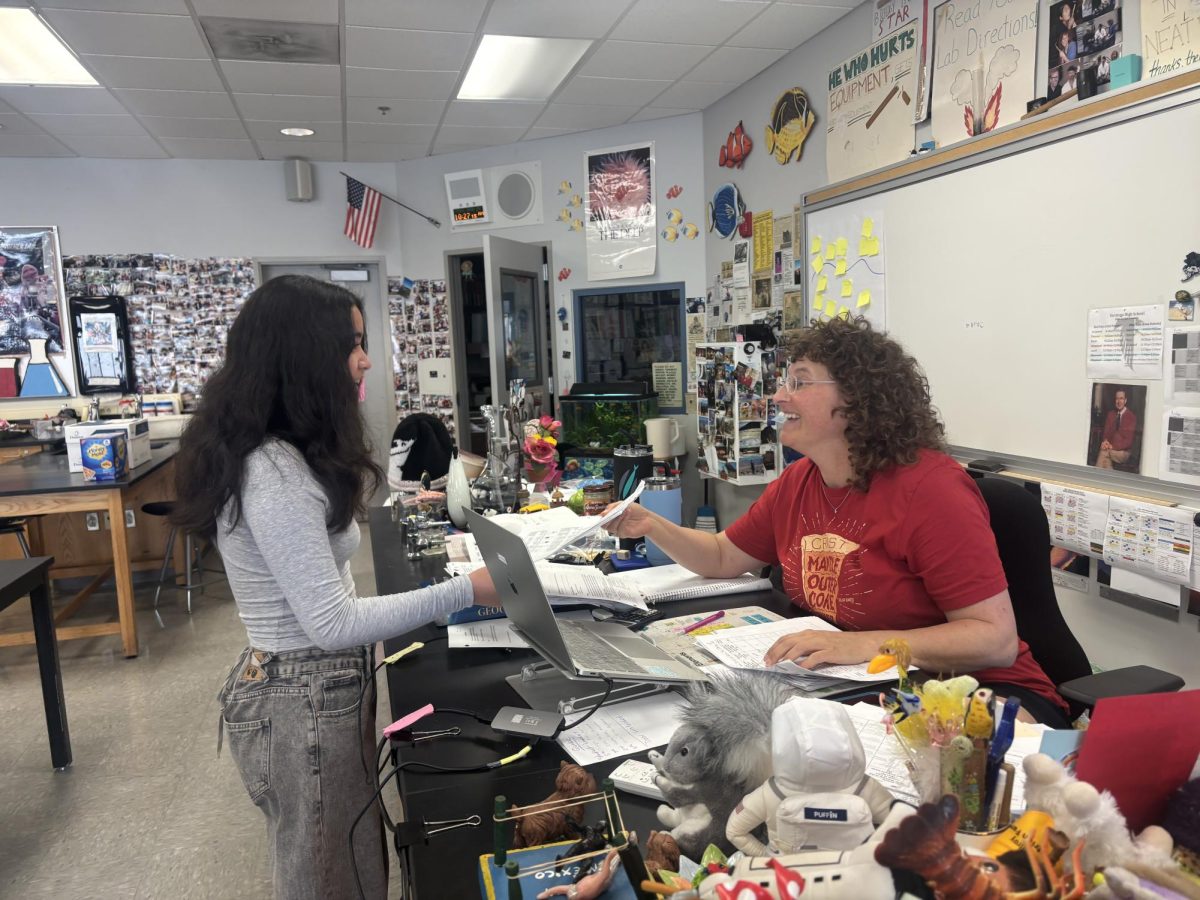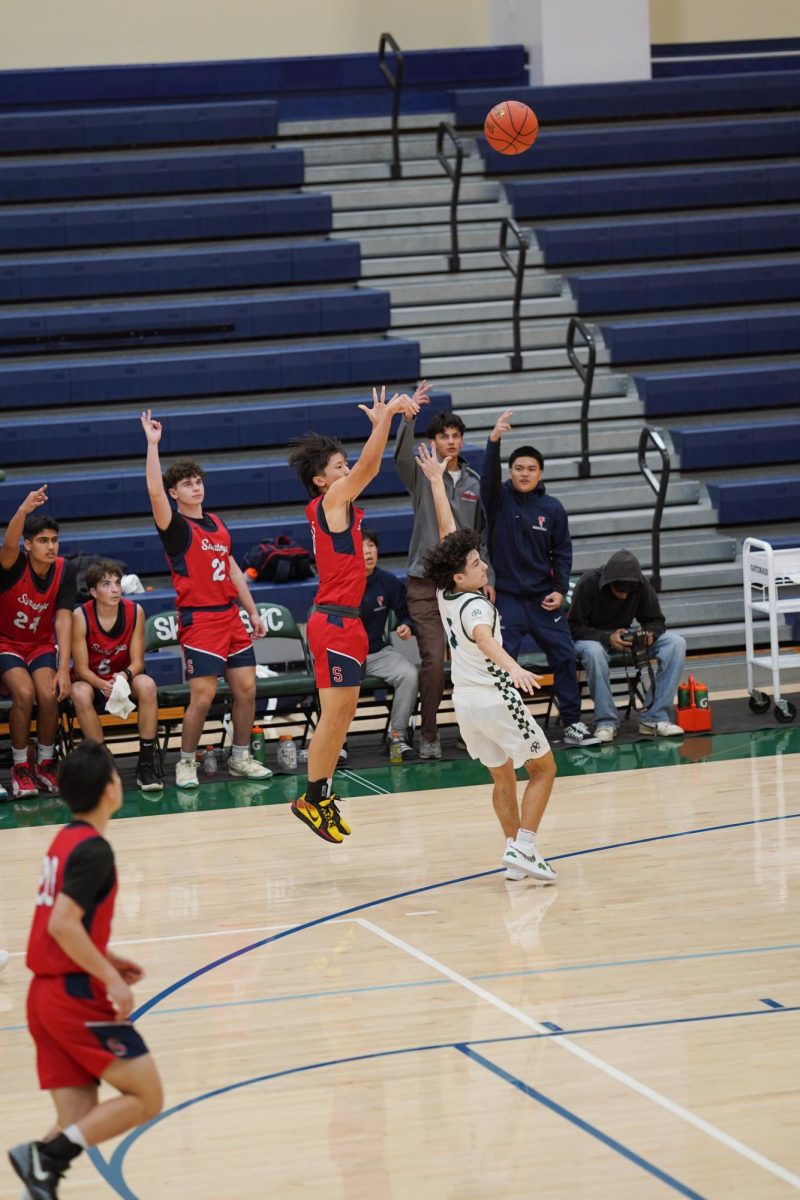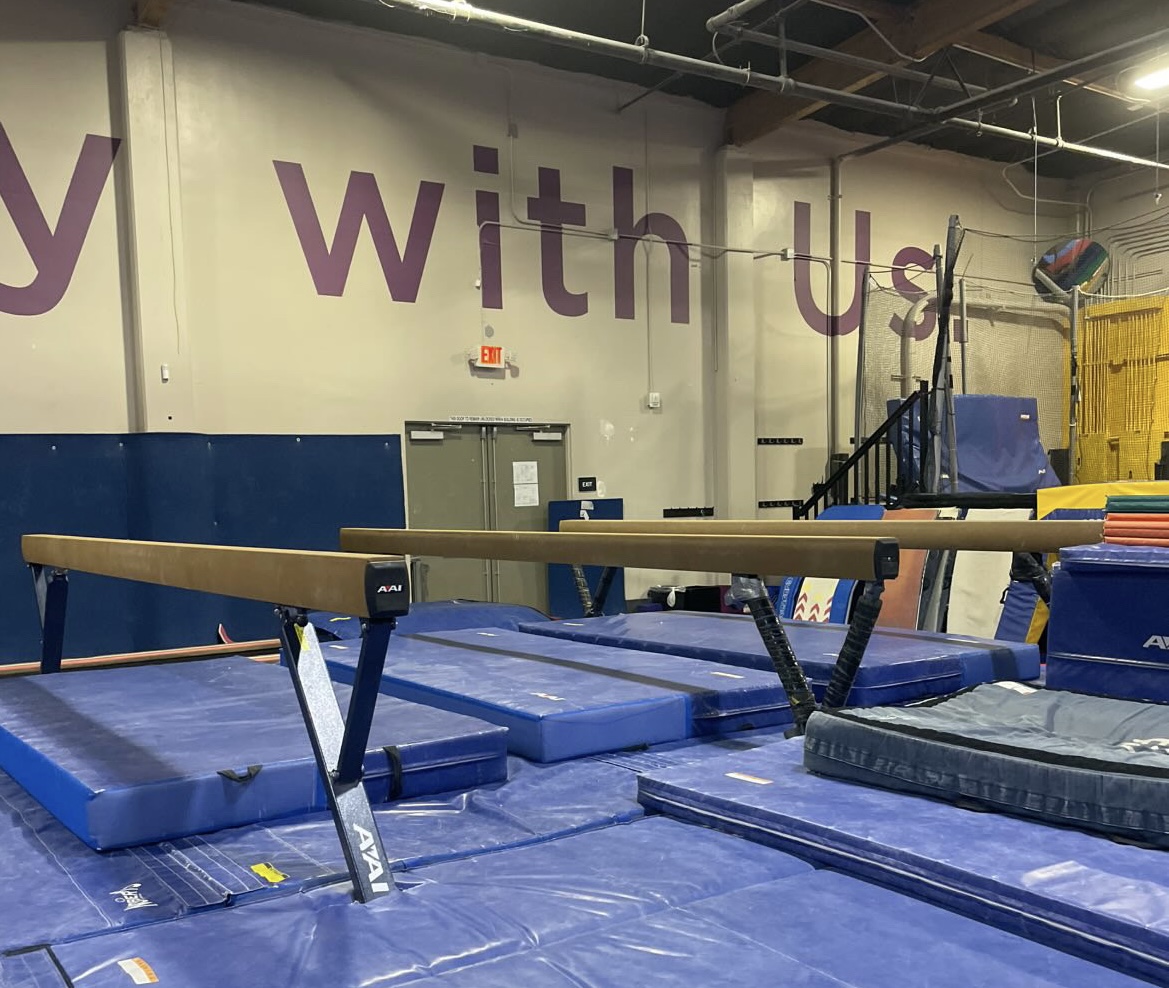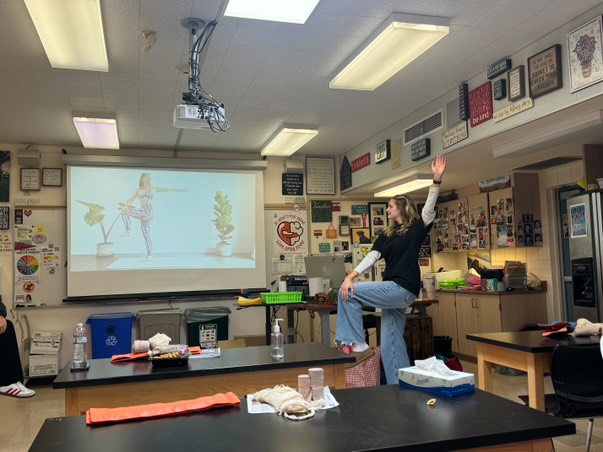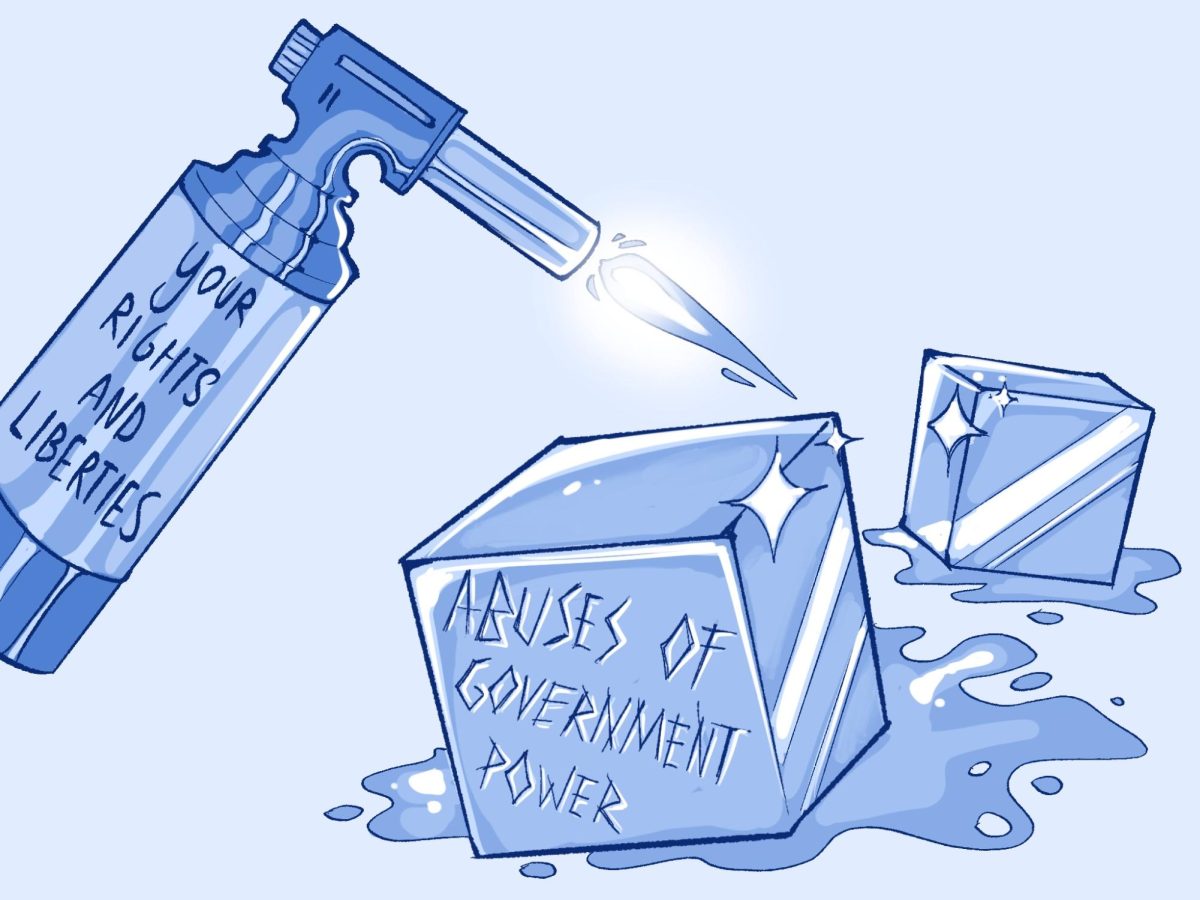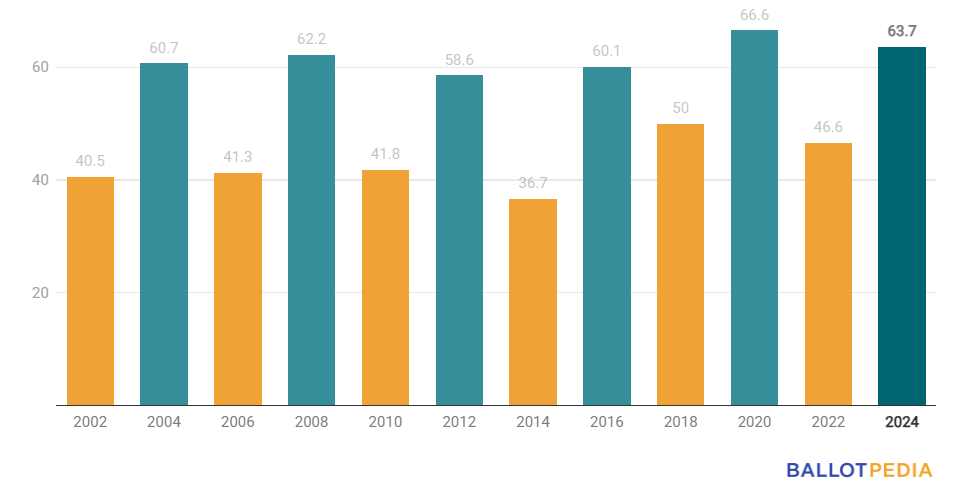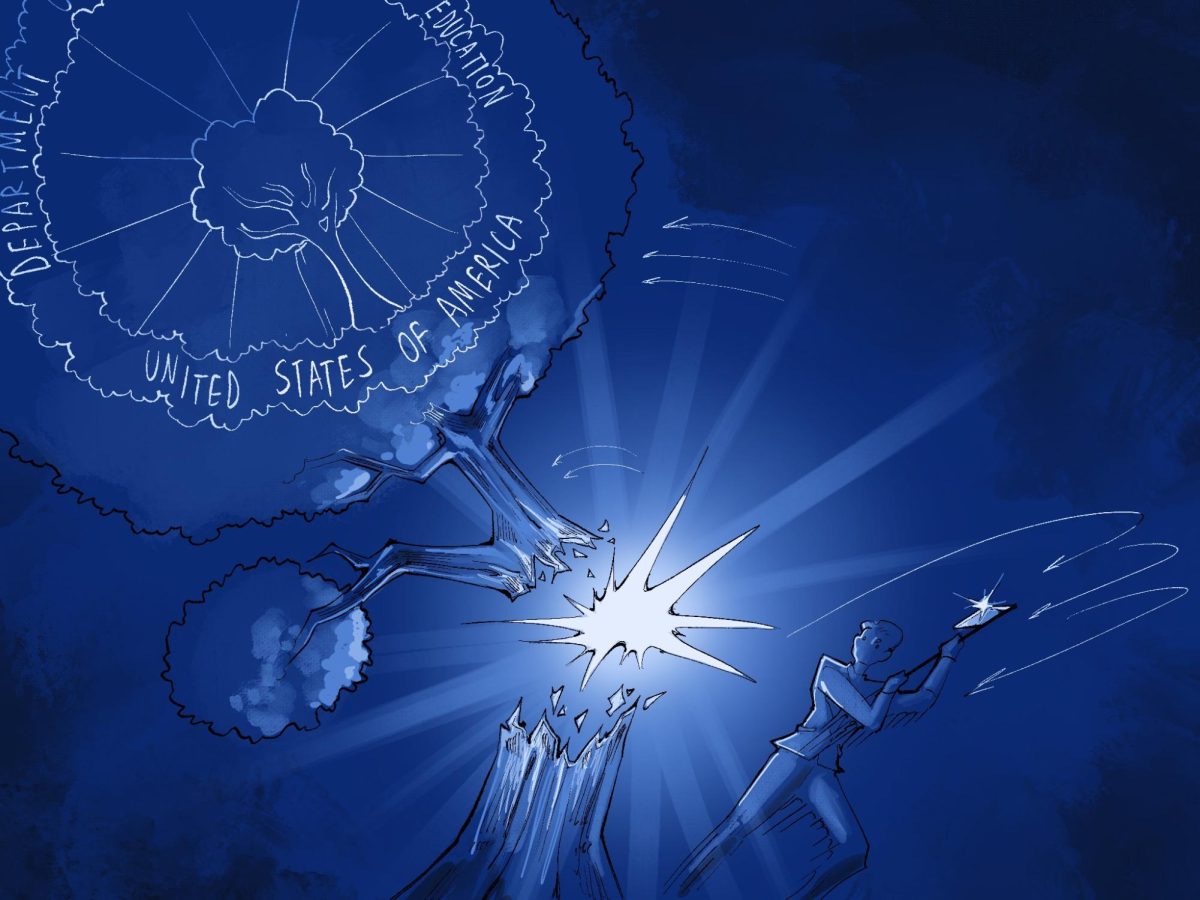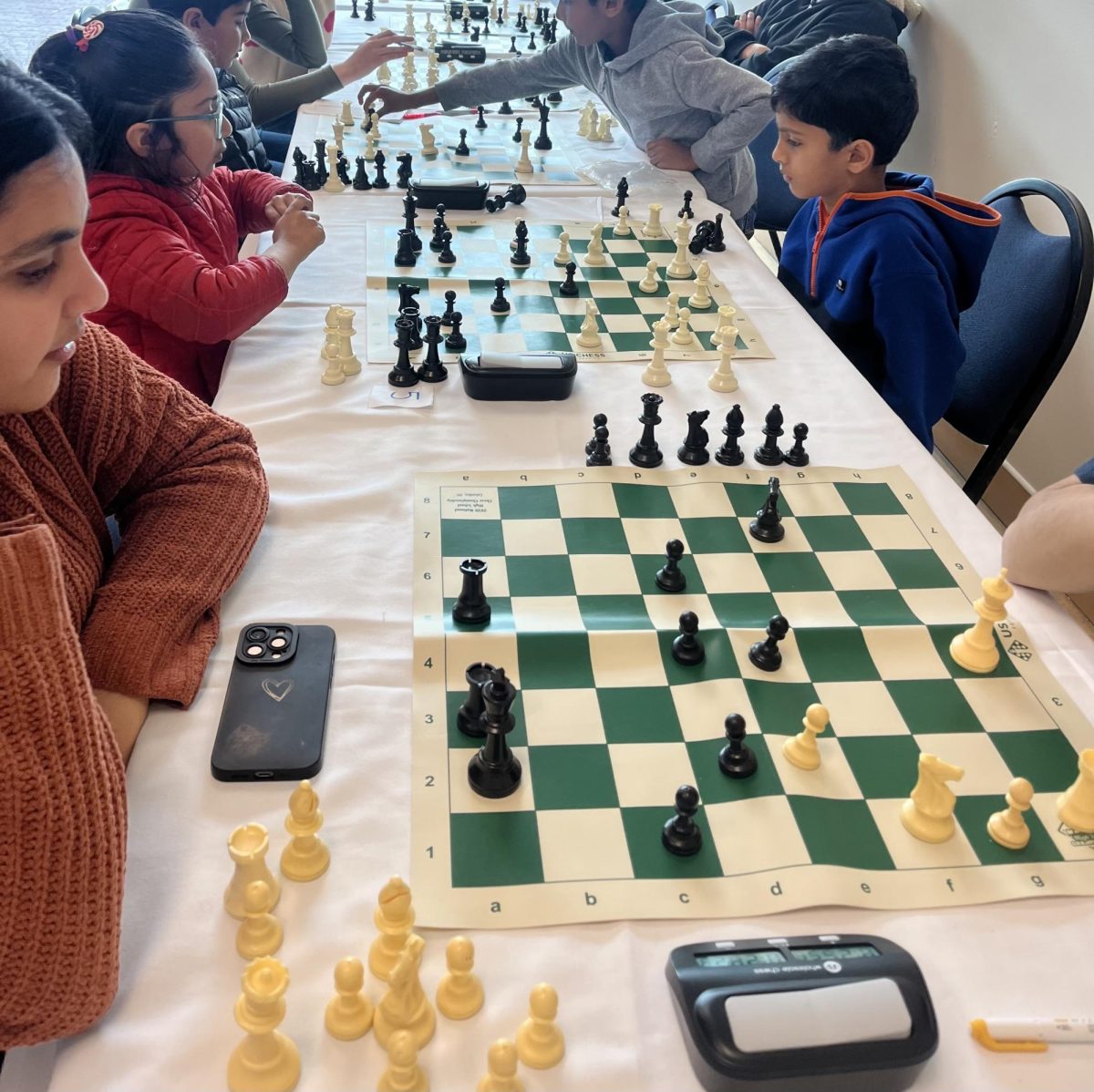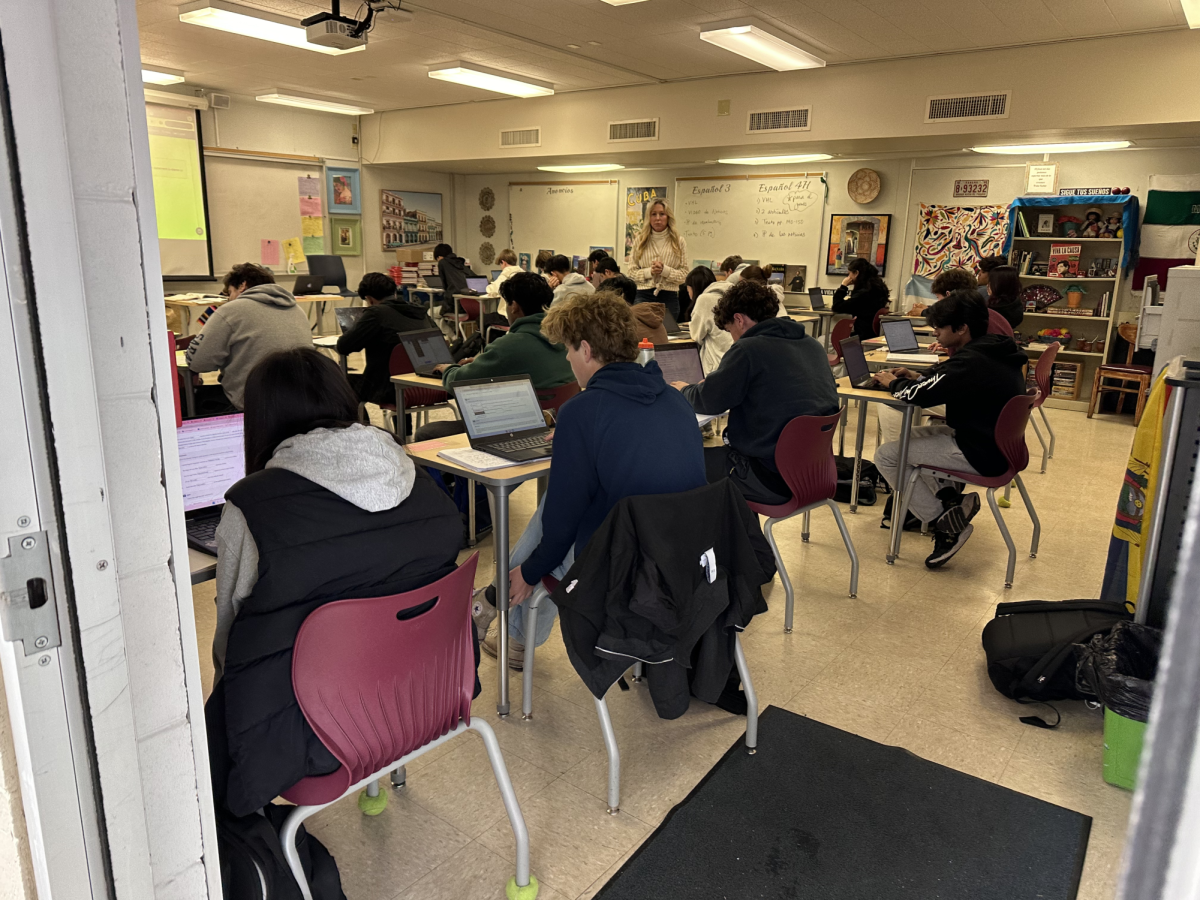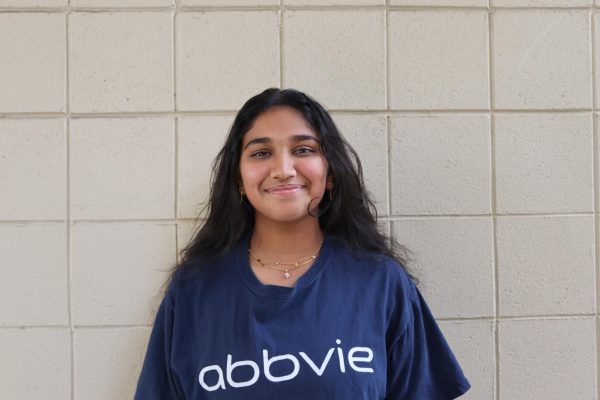While there are many ways for teachers to test how much of that novel you actually read — from your classic reading quizzes to an in-class essay — there is one type of assessment that holds a special place in my heart: class presentations.
In my experience, there’s a couple key steps to nailing any class presentation. Follow my foolproof guide and you’ll increase your chances of getting an “A+” on your next one.
No. 1: The tried and true foundation
One of the most important parts of the project is the slideshow itself. Most students decide to play it safe, using a basic SlidesGo template, but since you already used up your three free downloads and are yet to find something you like, you should instead showcase your creativity by using the most iconic template of them all — Google Slides Arial. After all, what’s more unique than the default setting?
To prove your topic knowledge, you should pack as much text as you can onto each slide. Using a 12-point font — Arial of course — you can probably cram a few hundred words onto each slide, showing your teacher that you read the entire Wikipedia page on your topic and even expanded your research to a Britannica article or two. Bonus points if you write in complete sentences using every big word you can muster to demonstrate your readiness for the SAT English section. Most people don’t start studying until the summer; you’re way ahead of the curve.
They say a picture speaks a thousand words, so you should probably be able to fit a couple thousand on your ten allotted slides, especially if you ignore the margins.
No. 2: Practice practice practice!
Now that you’ve created the perfect slide deck for your presentation; it’s time to plan out what to say. But, when it turns out that you have a math and a chemistry test the same day as your long-awaited presentation, you just decide to wing it. After all, you think best on your feet!
No. 3: Presentation or Public Humiliation?
So, the day comes, and you make your way to the front of the classroom, and wait for inspiration to strike.
It doesn’t.
That’s alright — you begin your presentation anyway, with a voice so soft even the students in the front row can’t hear you.
Patterned by the projector light, you continue your presentation, back turned to the class as you read every word off the slideshow.
Once you finish your last slide, you gracefully make your way back to your seat in dead silence, tripping over each backpack on the way. Silence is a good sign; you take it to mean that the whole class was stunned by your fabulous public speaking skills.
After class, your teacher asks you to stay behind for a couple minutes “to chat about the presentation,” but you graciously decline, since you need to get a snack from the vending machine before seventh period. Plus, you can be sure that all your teacher will have to say is unilateral praise.
You leave the class confident in your impending grade boost, and thank me for my fantastic advice, promising to let me solve all your future problems as well. I’ll tell you “of course,” because, like any good self-help guru, I’m always happy to help!






